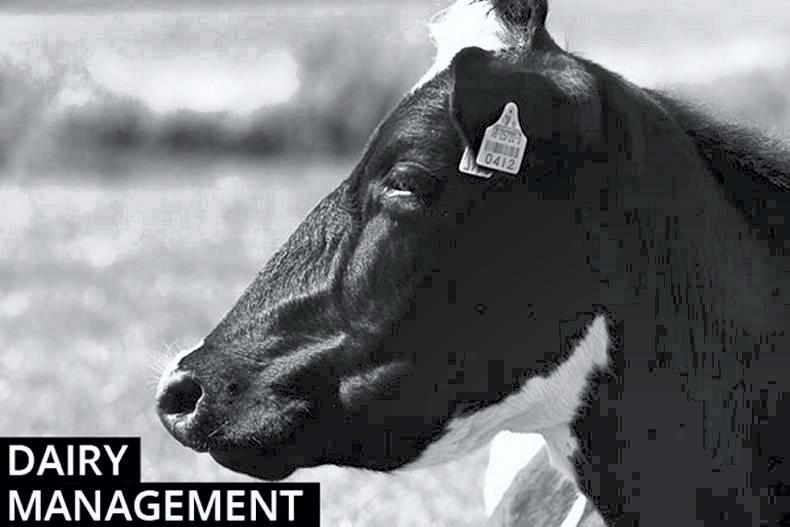At this stage, the first-born calves should be put on once-a-day feeding to reduce the workload around feeding and increase the amount of meal they will eat. The highest amount of milk I would feed once-a-day is 4l per calf. If feeding milk replacer the concentration of powder to water can be increased.
There is a big variation across farms in the amount of milk powder being fed to calves. Yes, their feed conversion efficiency is greatest as calves, but there is no point in overdoing it. They only need to achieve the target weight at mating, not above it. What is the cheapest way to achieve target weight? If you can achieve high performance at grass (both in the first and second year) then you can afford to feed less milk when they are calves. Feeding high levels of milk reduces the calves’ appetite for solid food, which slows down rumen development.
While on target weights, February-born maiden heifers should be around 55% of their mature liveweight now. For 550kg cows, this means the maiden heifers should be 300kg today. Are the lighter ones out on grass? If not, why not? Even on heavy farms some farmers have been able to turn out the light heifers in small batches without incurring any damage to land. On drier land, all the heifers should be out at this stage.
Alternative rearing
I have heard of a number of cases where big money is being paid by dairy farmers to lease land for rearing young stock. The economics of this need to be questioned, especially now that real alternatives exist. The lease is one cost, but it also costs money to grow the grass and it costs time and money to look after the animals.
Contract rearing is a very real alternative, but so too is the option of doing a deal with a farmer to buy surplus heifers off him/her every year at an agreed price at an agreed time. Click here for ideas on contract mating to improve herd genetics.
Read more
Simplifying the calf-rearing system
Dairy management notes for dairy farmers
At this stage, the first-born calves should be put on once-a-day feeding to reduce the workload around feeding and increase the amount of meal they will eat. The highest amount of milk I would feed once-a-day is 4l per calf. If feeding milk replacer the concentration of powder to water can be increased.
There is a big variation across farms in the amount of milk powder being fed to calves. Yes, their feed conversion efficiency is greatest as calves, but there is no point in overdoing it. They only need to achieve the target weight at mating, not above it. What is the cheapest way to achieve target weight? If you can achieve high performance at grass (both in the first and second year) then you can afford to feed less milk when they are calves. Feeding high levels of milk reduces the calves’ appetite for solid food, which slows down rumen development.
While on target weights, February-born maiden heifers should be around 55% of their mature liveweight now. For 550kg cows, this means the maiden heifers should be 300kg today. Are the lighter ones out on grass? If not, why not? Even on heavy farms some farmers have been able to turn out the light heifers in small batches without incurring any damage to land. On drier land, all the heifers should be out at this stage.
Alternative rearing
I have heard of a number of cases where big money is being paid by dairy farmers to lease land for rearing young stock. The economics of this need to be questioned, especially now that real alternatives exist. The lease is one cost, but it also costs money to grow the grass and it costs time and money to look after the animals.
Contract rearing is a very real alternative, but so too is the option of doing a deal with a farmer to buy surplus heifers off him/her every year at an agreed price at an agreed time. Click here for ideas on contract mating to improve herd genetics.
Read more
Simplifying the calf-rearing system
Dairy management notes for dairy farmers






 This is a subscriber-only article
This is a subscriber-only article










SHARING OPTIONS: